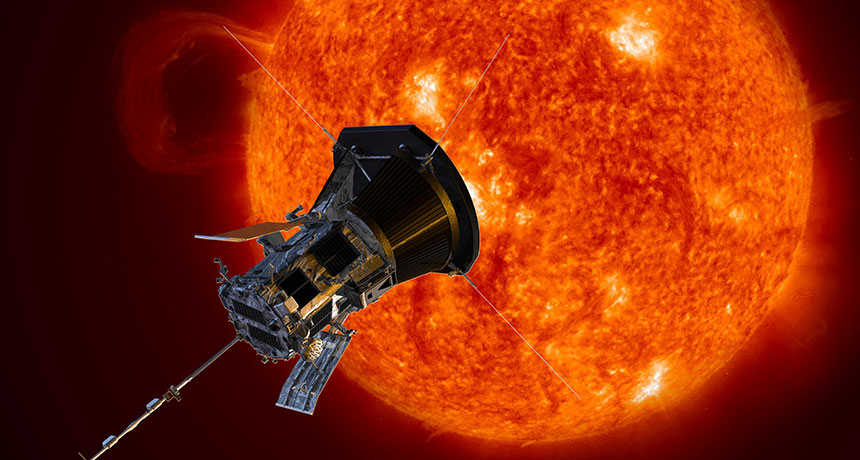Plasma Processes and the Johns Hopkins Applied Physics Lab (JHAPL) began a collaboration in 2006 to develop and apply an optical coating to the carbon-carbon composite heat shield of NASA’s Parker Solar Probe. The probes’ mission is to fly seven times closer to the sun than any other spacecraft, while surviving temperatures > 2,500 degrees Fahrenheit at its closest pass.
To survive the extreme environment of the sun’s corona, the team was tasked with finding a high-temperature coating providing specific optical properties. After perfecting the chemical composition, Plasma Processes was tasked with synthesizing the custom powder. The next step was scaling the coating process from a 1-inch x 1-inch square to a 9-foot x 9-foot full scale heat shield. Plasma Processes coated the first full-scale prototype in 2013; followed by rigorous testing by JHAPL to verify the structure and coating could handle extreme launch vibrations and cryogenic temperatures. The team validated the coating and process for space flight hardware on the Flight Qualification Unit in 2015. The Flight Unit was coated and delivered for integration in the summer of 2017.
